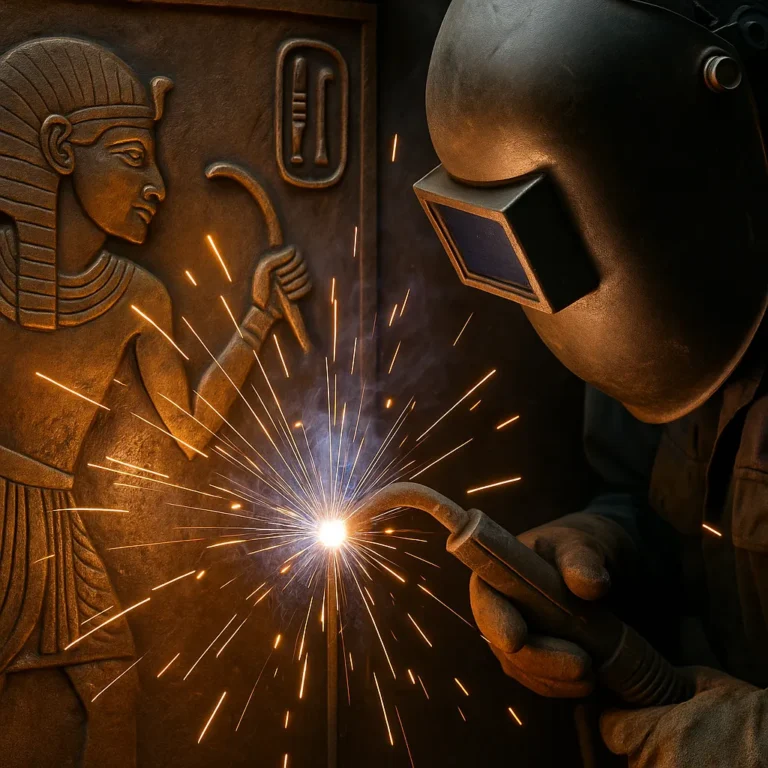Best Welding for Auto Body Work: Clean Repairs That Last

Disclosure: This post contains affiliate links. As an Amazon Associate, I earn from qualifying purchases—at no extra cost to you.
When it comes to fixing or restoring car bodies, using the right welding method is crucial. Auto body panels are thin, often rusted, and prone to warping if not treated with care. Whether you’re repairing a fender or restoring a vintage classic, knowing the best welding technique ensures clean seams, strong joints, and a professional finish. In this post, we’ll explore the top welding methods for auto body work and why one stands out above the rest.
Why Auto Body Welding Requires Precision
Unlike structural welding, auto body work involves thin sheet metal—usually 18 to 22 gauge. This material is easily distorted by heat, making technique and temperature control critical. Additionally, auto body jobs often involve tight curves, layered joints, and surface finishes that need to be preserved or repainted. Not every welding process is suited for these conditions, especially when aesthetics and minimal cleanup matter.
MIG Welding: The Go-To Method for Auto Body Repair
MIG (Metal Inert Gas) welding is by far the most popular choice for auto body professionals and DIYers alike. It uses a continuously fed wire electrode and shielding gas to create clean welds with minimal spatter. Here’s why MIG welding stands out:
- Excellent control over heat input, reducing the risk of burn-through
- Fast welding speeds ideal for large panels
- Minimal cleanup due to less slag
- Compatible with auto body materials like mild steel and aluminum
With a solid MIG setup and the right wire size (typically 0.023″ or 0.030″), even beginners can create solid welds that blend into surrounding panels.
TIG Welding: Precision for Complex Work
TIG (Tungsten Inert Gas) welding offers unmatched precision, making it perfect for detailed bodywork and patch repairs where appearance matters. It produces clean, high-quality welds and gives you control over every part of the weld bead. However, it’s slower, requires more skill, and is more prone to heat distortion if not managed carefully.
TIG is often used for aluminum or stainless steel body parts where cleanliness and aesthetics take priority, such as in custom builds or show cars.
Flux-Core and Stick Welding: Rarely Recommended
While flux-core welding can be used in outdoor conditions without shielding gas, it produces more spatter and heat, making it risky for thin auto body panels. Stick welding is even less suitable due to the intensity of the arc and lack of control on sheet metal. These methods may be fine for heavier automotive frames or brackets, but they’re not ideal for fenders or doors.
Choosing the Right Welder for Auto Body Work
If you plan to do regular body repair, invest in a quality MIG welder with variable voltage and wire-speed controls. Look for models that support both solid and flux-core wire, and consider a spool gun if you plan to work with aluminum.
Welders that support 120V operation are great for home garages, but 230V units offer more power for longer welds and thicker panels. The welder should allow fine-tuning to reduce heat buildup and avoid warping.
Conclusion
MIG welding is, hands down, the best welding method for auto body repair, thanks to its ease of use, speed, and precision on thin metals. TIG welding is valuable for specialized tasks and intricate detailing but demands more skill. Stick and flux-core methods are best reserved for structural work, not cosmetic panels. Whether you’re patching a rust spot or rebuilding an entire side panel, using the right method ensures strength, appearance, and a lasting finish.






